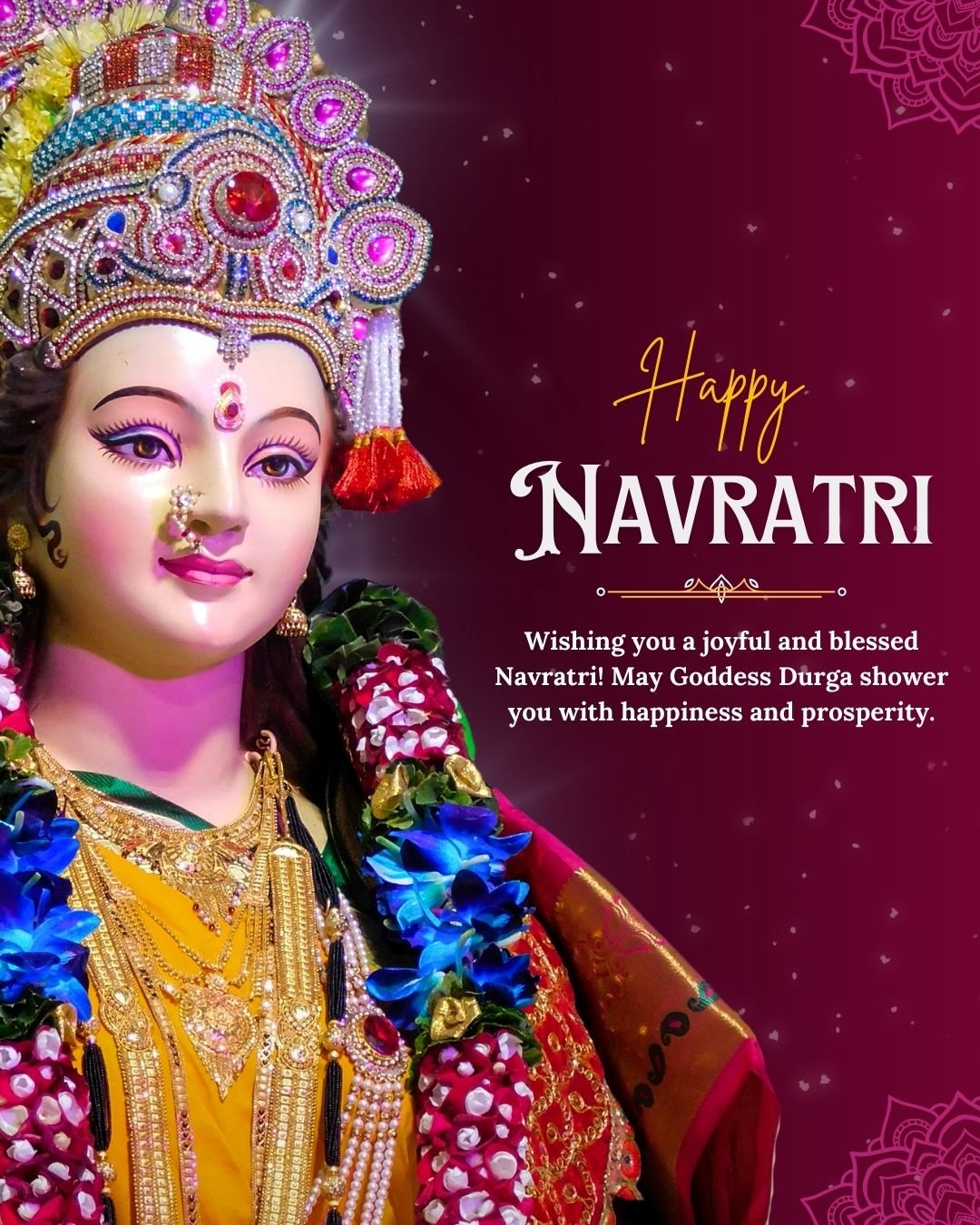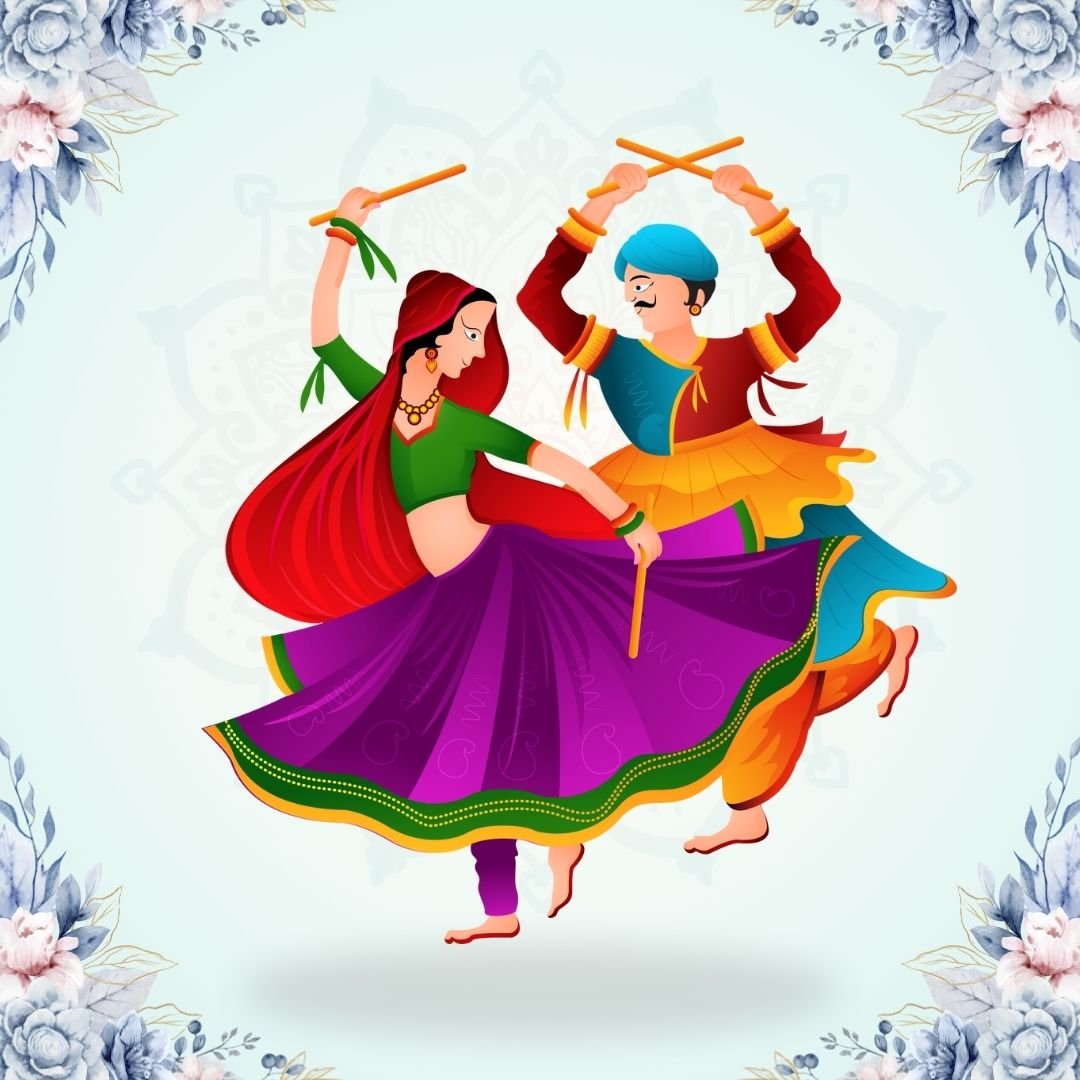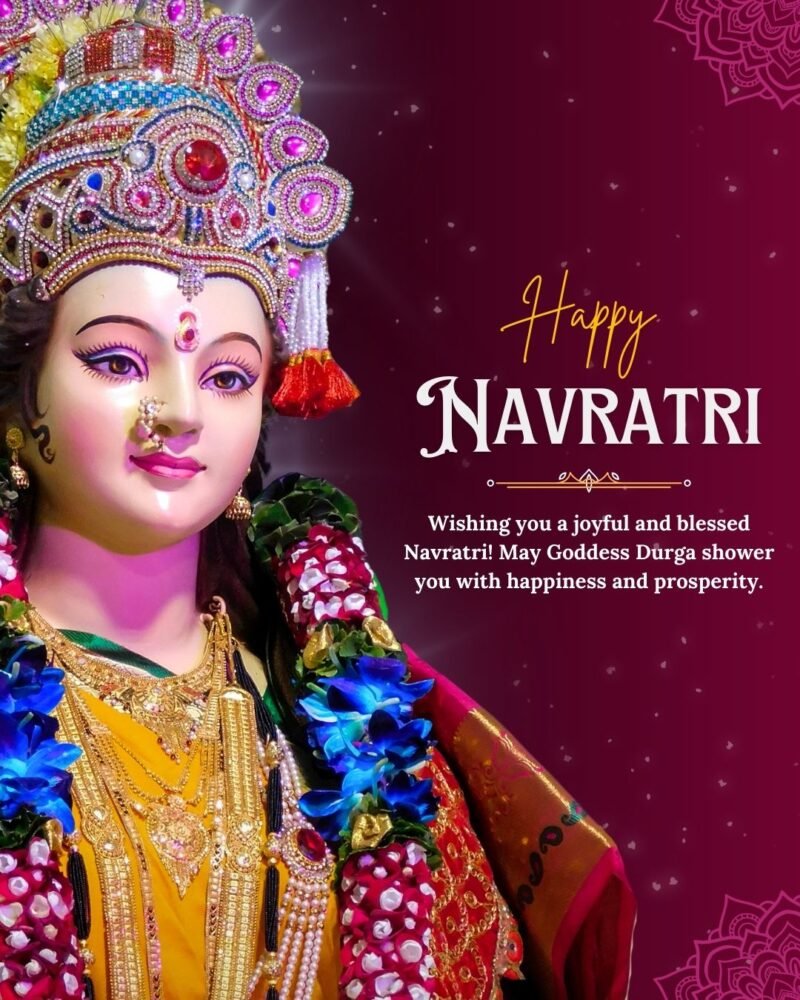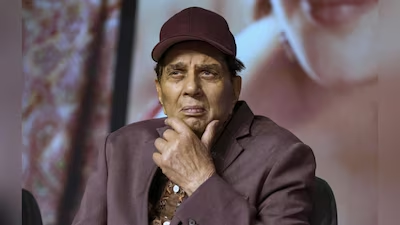
Punchline: Navratri 2025 promises nine nights of spiritual energy, vibrant Garba, and cultural celebrations across India and the world.
Navratri, one of the most celebrated Hindu festivals, will be observed this year from September 22 to September 30, 2025. The nine-day festival dedicated to Goddess Durga and her nine forms is a time of devotion, fasting, music, dance, and community gatherings. With traditions varying from region to region, Navratri is not just a religious event but a cultural extravaganza that unites millions of devotees.
The Spiritual Significance
Navratri, meaning “nine nights”, symbolizes the victory of good over evil. Each day of the festival is dedicated to one of the Navadurga (nine forms of Goddess Durga):
- Shailaputri – Goddess of the Himalayas, symbolizing strength.
- Brahmacharini – Embodiment of devotion and penance.
- Chandraghanta – Goddess of bravery and peace.
- Kushmanda – The creator of the universe.
- Skandamata – Mother of Kartikeya, symbol of maternal love.
- Katyayani – Fierce warrior form of Durga.
- Kalaratri – Destroyer of ignorance and darkness.
- Mahagauri – Goddess of purity and serenity.
- Siddhidatri – Bestower of supernatural powers and blessings.
Devotees observe fasts, chant mantras, and perform rituals to honour each form of the goddess, seeking her blessings for strength, wisdom, and prosperity.

Regional Celebrations
- Gujarat & Maharashtra: The highlight of Navratri here is Garba and Dandiya Raas, where people dress in colourful traditional attire and dance late into the night. Cities like Ahmedabad and Vadodara become global hubs of Navratri celebrations, attracting tourists and NRIs alike.
- West Bengal, Assam & Odisha: Navratri coincides with Durga Puja, a grand celebration where elaborately decorated pandals, idols of Goddess Durga, and cultural performances create a carnival-like atmosphere. In Kolkata, Durga Puja is not just a festival but an expression of art, creativity, and devotion.
- North India: States like Uttar Pradesh, Delhi, and Bihar mark the festival with Ramlila performances and the burning of Ravana effigies on Dussehra, symbolizing the victory of Lord Rama over Ravana. Local melas (fairs) bring together food, theatre, and entertainment, keeping communities engaged.
- South India: Families set up Golu (arrangements of dolls and figurines), and temples host music and dance performances as offerings to the goddess. In Tamil Nadu, Andhra Pradesh, and Karnataka, Navratri also includes Saraswati Puja and Ayudha Puja, honouring knowledge and tools of livelihood.
Rituals and Traditions
- Kalash Sthapana (Ghatasthapana) marks the beginning of Navratri, invoking Goddess Durga’s presence.
- Many devotees observe fasts where they avoid grains and consume only fruits, milk, and special vrat recipes. Traditional dishes like sabudana khichdi, kuttu puris, and singhare ke pakode dominate household menus.
- Women often wear clothes of specific colours each day, representing the goddess of the day, making the festival a colourful spectacle.
- On the final day, known as Mahanavami, special prayers and Kanya Puja (worshipping young girls as forms of Durga) are performed. In many regions, girls are gifted clothes, food, and money as blessings.
Navratri 2025 and the Festive Economy
Navratri is not only a religious celebration but also a major boost to India’s economy. The festival season witnesses:
- A surge in consumer spending on clothes, jewellery, sweets, and household goods.
- Growth in travel and tourism, with devotees visiting pilgrimage sites such as Vaishno Devi, Shaktipeeths, and Durga temples.
- A boom in the event and entertainment industry, with Garba nights, concerts, and cultural shows attracting huge crowds.
Economists estimate that festive spending during Navratri and Dussehra contributes significantly to India’s GDP by stimulating retail, hospitality, and transport sectors. In 2025, early reports suggest that e-commerce platforms are preparing record discounts to align with Navratri shopping trends.
Navratri Beyond India
With the Indian diaspora spread across the globe, Navratri has become an international festival. Countries like the United States, Canada, UK, Australia, and UAE host Garba nights and Durga Puja celebrations, keeping traditions alive and strengthening community bonds abroad. In cities like New Jersey, London, and Dubai, Navratri events attract not only Indians but also global audiences fascinated by the music, costumes, and dances.
Cultural Symbolism
Navratri also serves as a platform for promoting Indian art and culture. Folk artists, musicians, and dancers get opportunities to perform on large stages. Handloom and handicraft industries benefit as traditional attire like chaniya cholis, lehengas, and dhotis see a spike in sales. The festival is increasingly being used to promote messages of women empowerment, environmental sustainability, and community harmony.
Conclusion
Navratri 2025 will once again showcase India’s deep-rooted traditions, spiritual devotion, and cultural richness. Whether through fasting and prayer, or through Garba, Dandiya, and Durga Puja celebrations, the festival reflects the timeless message of good triumphing over evil and light dispelling darkness. For millions of devotees, it is not just about rituals—it is about connecting with faith, community, and the vibrant spirit of life.
FOR MORE BLOGS – beyondthepunchlines.com

 Add to favorites
Add to favorites








